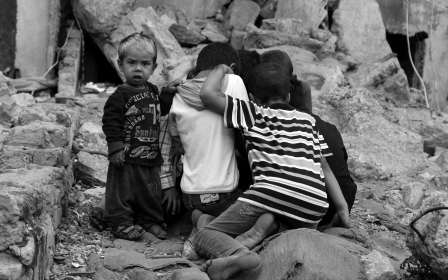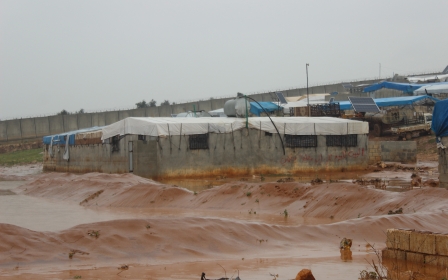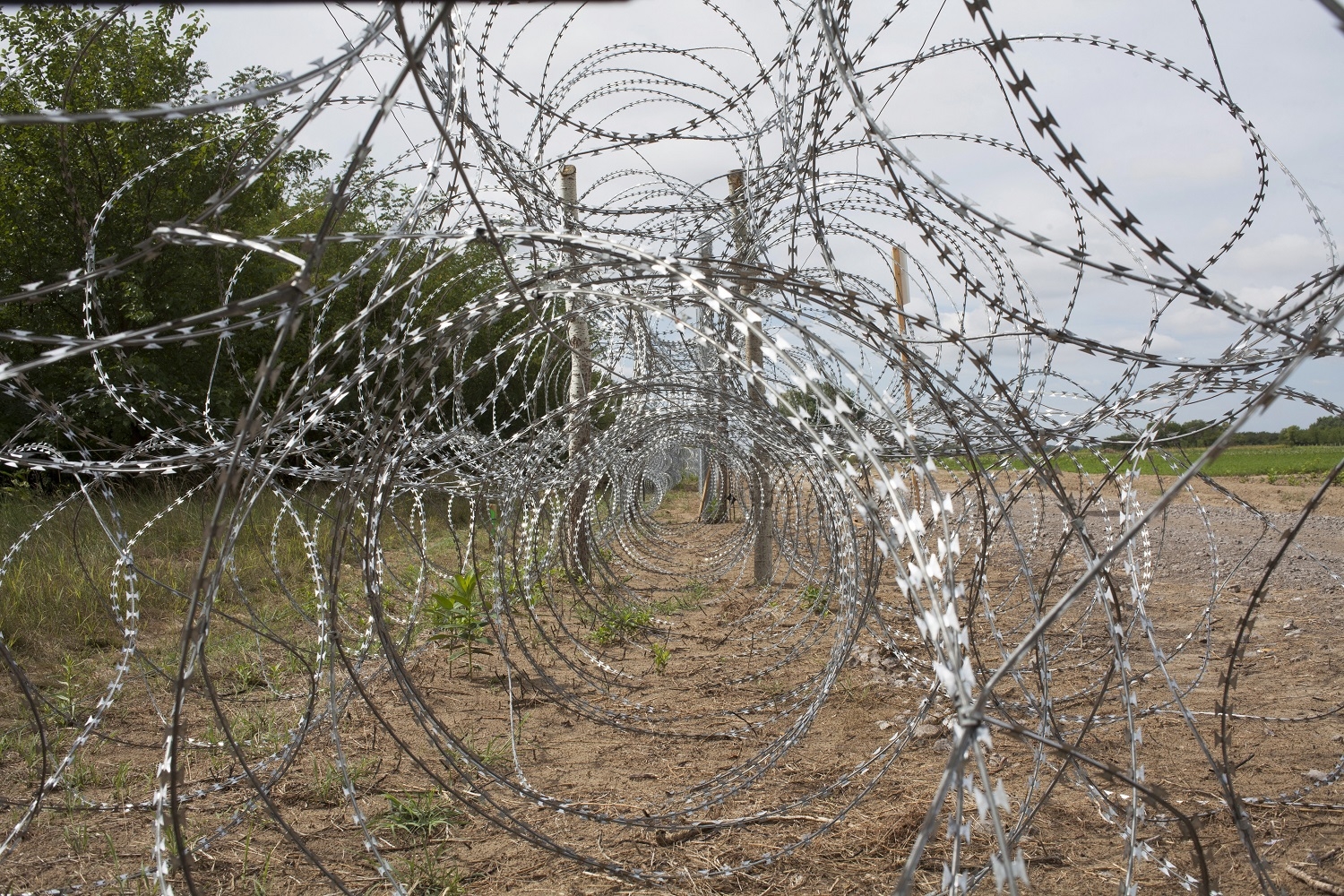
In pictures: The barbed wire fences that scar refugees and Europe

The barbed-wire fence at the Greece-Macedonia border was erected in August 2015 to stop refugees, many of whom came via the Greek town of Idomeni, from crossing. Photographer Eugenio Grosso, who followed refugees on the trail for several years, says: “The area bordering it was an open field of dust and discarded plastic bottles. A doctor with the Red Cross told me that people had been arriving in their thousands for several years - the only difference was that before then, nobody cared much.”

Grosso went to Gevgelija in Macedonia in summer 2015: items caught on the border fence included this orange life jacket, likely used by refugees first to cross the Mediterranean, then to get through the barrier unhurt. “During those days I witnessed examples of humanity I still keep in my mind,” he says, "acts of kindness trying to balance the injustices and harshness those people faced along their journeys."
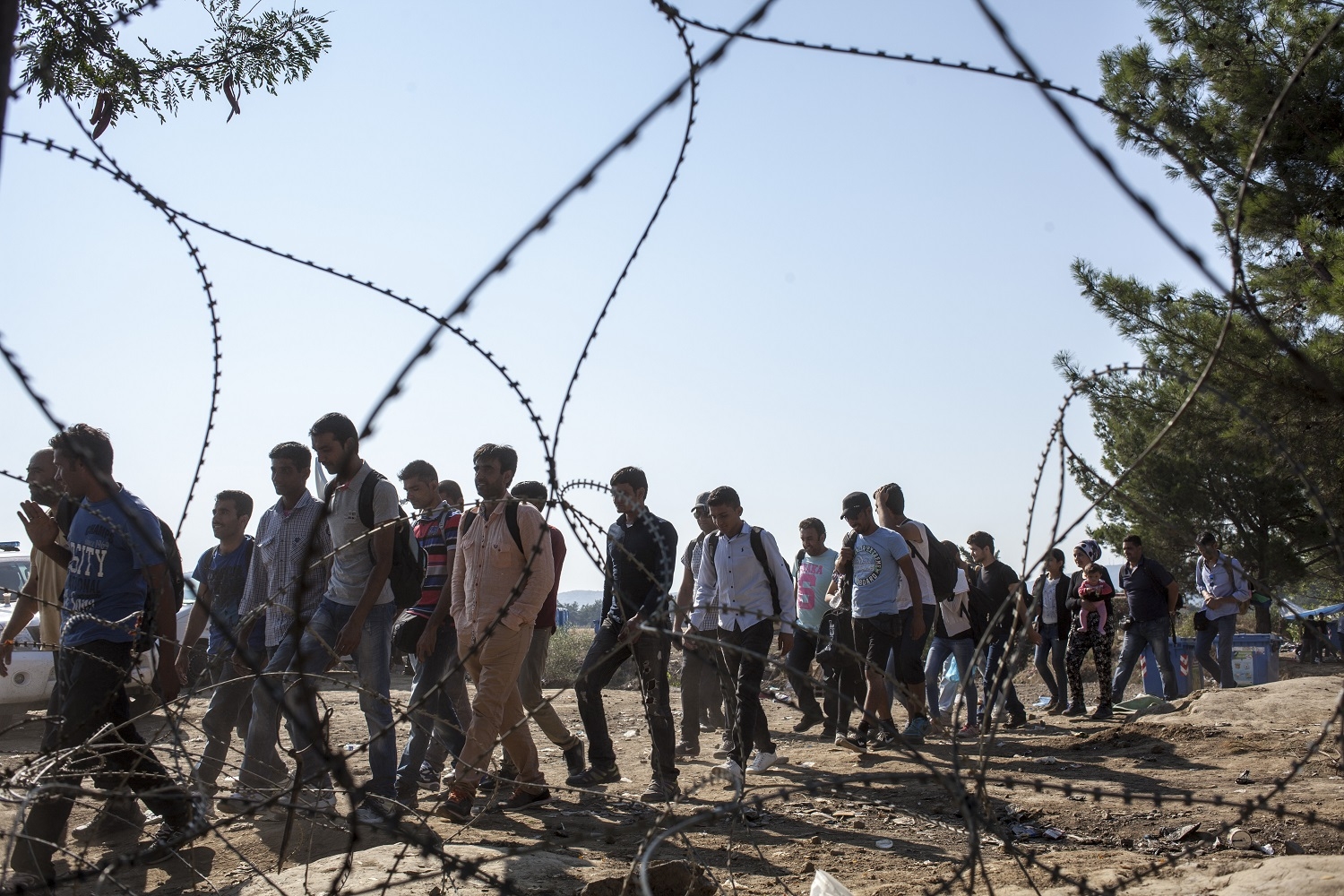
“I spent my days photographing the passage of thousands of people from one country to another. People were kept in line, sitting on train tracks under the Greek sun for hours. More than once, I saw police hit someone with batons. But I also saw officers pull water from a well and give it to the refugees and carry little girls too tired to walk, also journalists putting down their gear and taking the luggage of old ladies.”

In August 2015, amid the summer heat, Hungary started building a wire barrer on its southern border. “The fields near the borders had groups of lost refugees, trying to escape the police,” Grosso says. “'Where are we?' was an unexpected question that soon became very frequent. Those people didn’t know what country they were in. The only thing that mattered was to keep going.”

Grosso himself became disorientated and only found the Hungarian border fence after spotting a group of police near some refugees. “Two men were helping a woman in her forties who couldn’t walk anymore. I got close to the fence and saw this door - that’s how the small group had entered Hungary. It seemed a paradox to me but also a sign of hope, that a small door could still be opened.”
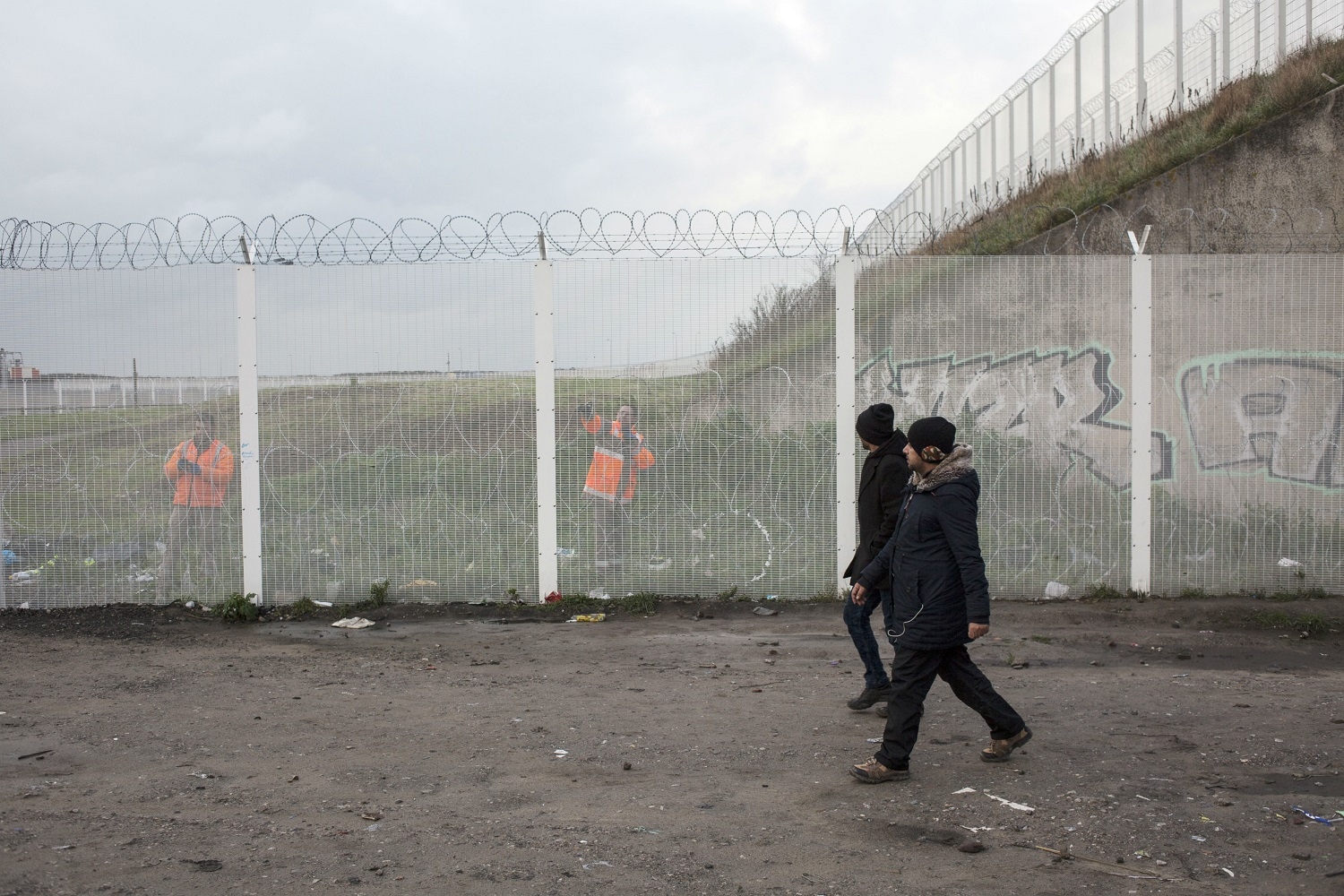
In January 2016, Grosso visited the rain-sodden "Jungle" refugee camp in Calais, which at its peak was home to almost 10,000 migrants. “A group of workers was installing a new fence to make the highway harder to reach,” he recalls. “During the day those who wanted to try their luck at night walked back and forth. Their gaze went somewhere beyond the barbed wire, as if they could already see the coast of Britain behind the clouds.”
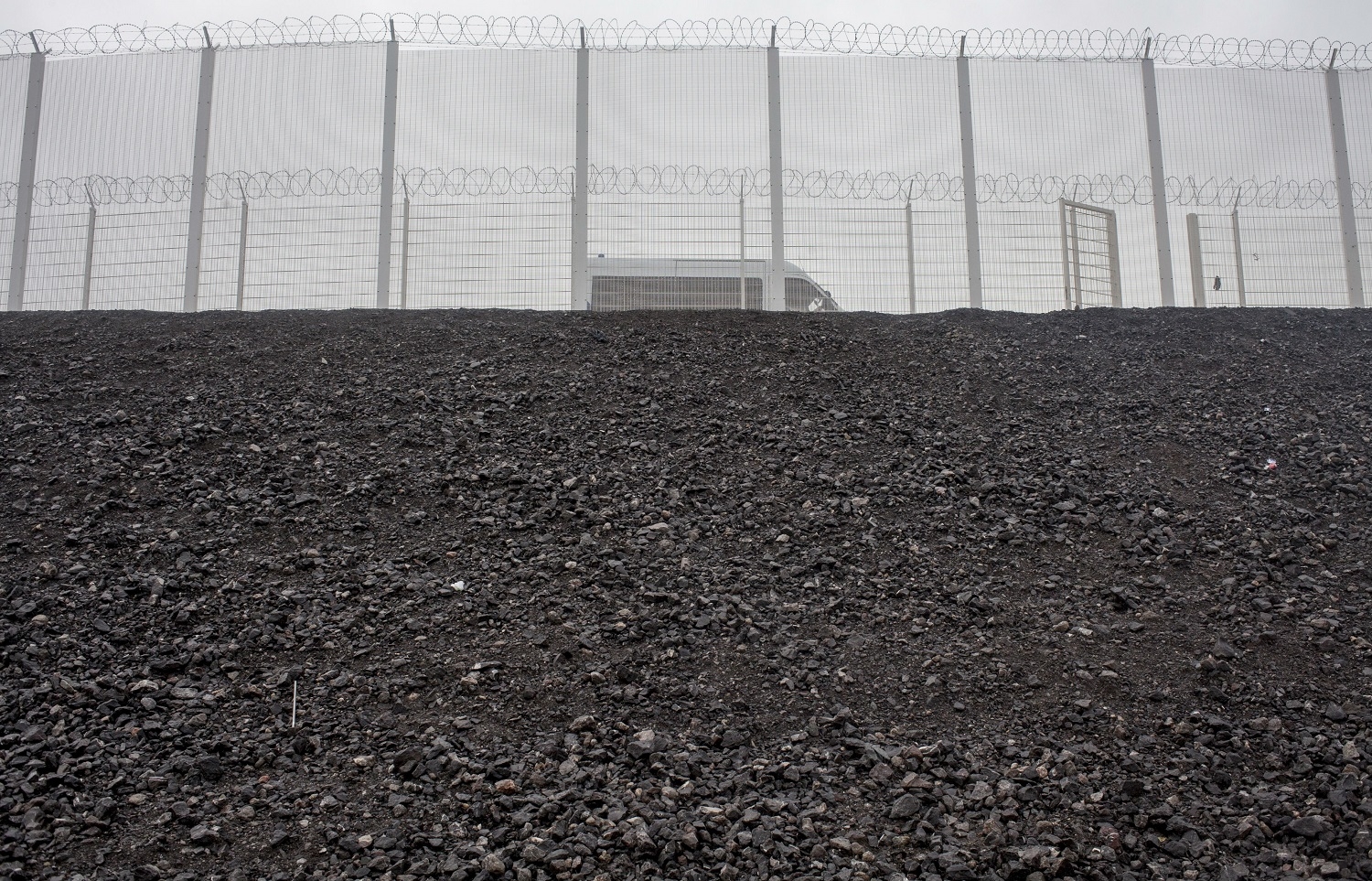
At night, migrants clambered up a steep bank, trying to hop on to port-bound lorries in a dangerous game of cat and mouse with the authorities. Grosso says: “In the morning, in the improvised cafes inside the camp, people talked of the fate of those who had tried the night before. The majority came back to the camp, frustrated by the restless night. A few made it to the white cliffs of Dover. But some never came back.”

Grosso photographed the camp in Moria on the Greek island of Lesbos in November 2018. It’s meant to be a temporary site but has become a limbo for many, especially Africans and Afghans who stand little chance of gaining asylum “Their requests are submitted in an ‘office’ at the camp, a series of holes in a fence filled with barbed wire,” Grosso says.

Grosso recalls that the camp at Moria became so over-crowded that new arrivals built tents outside its boundaries in an olive grove, which then became a camp itself. “The fence perimeter of the camp is full of holes, used by smugglers for their businesses.”

Ceuta in north Africa is a coastal Spanish enclave that borders Morocco. In March 2019, Grosso sneaked up a hill for this photograph of the border fence, patrolled by the Spanish civil guard. “The air was already warm,” he says. “Climbing at noon made me feel dizzy. Two high fences were built side by side with a third, in Moroccan territory, creating a buffer zone occupied by the army.”
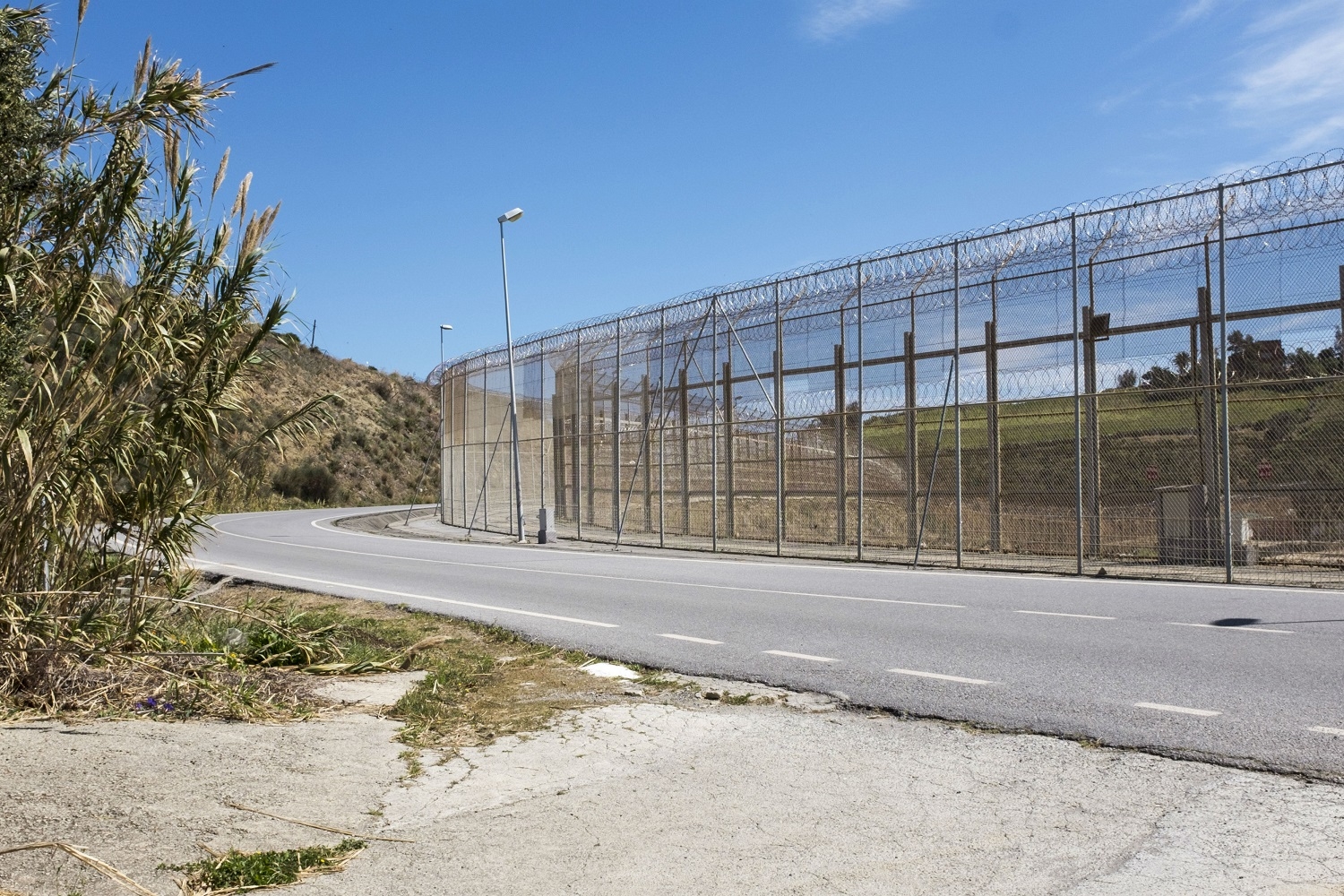
Near the road, Grosso met Jose, a resident of one of the few houses in the area. He told the photographer how 400 people had breached the fence into Ceuta six months earlier. “Jose pointed at his body and shouted: ‘Sangre, sangre! Una locura, como a la guera!”’ Grosso recalls. “He was saying how the barbed wire had torn apart the clothes and skin of the asylum seekers. They were running away naked, but finally free.”
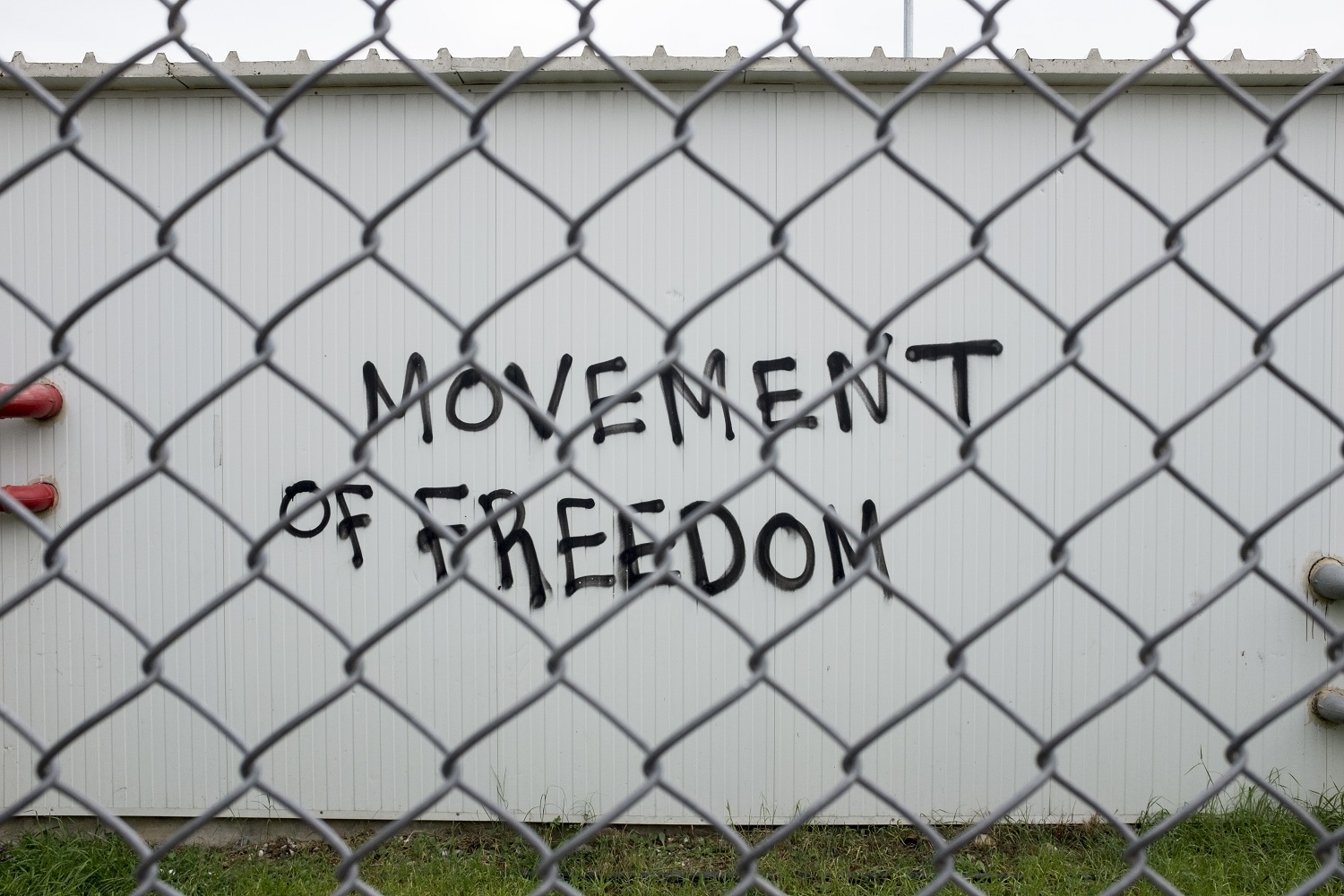
A slogan painted on a wall in Lesbos. Grosso still recalls the faces he saw from his time following the refugee trail. “I remember the young Afghan describing his previous life as a London student, who wanted to come back, even as an asylum seeker. Once we had been neighbours in the Big Smoke: now he had no right to return. There was the Kurdish doctor from Kobane who escaped Islamic State and took care of his fellow travel companions on the route. And the Iraqi and Syrian men I spent an afternoon with and am still in touch with, who became successful photographers in northern Europe. These are the people to who Europe is closing its doors.”
Middle East Eye propose une couverture et une analyse indépendantes et incomparables du Moyen-Orient, de l’Afrique du Nord et d’autres régions du monde. Pour en savoir plus sur la reprise de ce contenu et les frais qui s’appliquent, veuillez remplir ce formulaire [en anglais]. Pour en savoir plus sur MEE, cliquez ici [en anglais].



